Pricing
• Hourly Rate:
$175 per hour
• Session Availability:
Clark’s schedule can vary; sometimes appointments are available within a month or two, patients is needed as he is occasionally heavily booked. He does not take on fix-ups, cover-ups, or finish-ups.
• Session Duration:
(The time needed depends on factors like skin condition, pain tolerance, and tattoo complexity.)
For tattoos between 3” to 10”, expect an average time of 1 to 5 hours, typically completed in one visit. Larger tattoos, such as full backs, arms, or legs, require multiple sessions, usually (average) lasting 1–5 hours each in order to keep affordability as well as ease of healing.
• Estimated Total Time:
• Full back (color): 30-60 hours
• A Full arm "aka sleeve" average “20-40 hours(each)” -A Full pant leg averages 40-80 hours(each).
• Full suit: 100-300 hours
• Session Cadence:
Weekly sessions are preferred, though bi-weekly or monthly sessions are also acceptable. Spacing sessions too far apart, like 2–3 times a year, may affect balance and continuity, so it’s strongly recommended to save-up funds in advance to maintain consistent sessions.
• Session Process:
Traditional Japanese tattooing usually begins with outlining in the first few sessions, followed by backgrounding (if applicable), shading, and coloring. Short sessions are ideal for better healing and optimal tattoo quality, a method practiced in Japan for over 200 years.
Consultation and Design Process:
• First Session:
Typically a consultation to discuss themes, session needs, and the design’s flow on the body.
• Second Session (and subsequent visits):
This may involve detailed planning, measurements, or starting the tattoo. For clients from out of town, booking 3-4 consecutive days is common.
Important Style Information:
• Clark’s traditional Japanese style is bold and powerful, not delicate or pastel-toned. This style is inspired by classic Japanese tattooing (1820-1880) and should align with your aesthetic preferences. Please be certain this is the style you desire before reaching out.
• Designing Process:
Clark often uses themes or main images from clients, drawing inspiration from late Edo period Ukiyo-e. He prefers not to incorporate modern or commercial images (like daruma or waving cats) into traditional designs unless they’re standalone pieces.
• Kuniyoshi Influence:
Clark’s work is heavily influenced by Kuniyoshi, the godfather of traditional Japanese tattooing, whose style is foundational to this art form.
